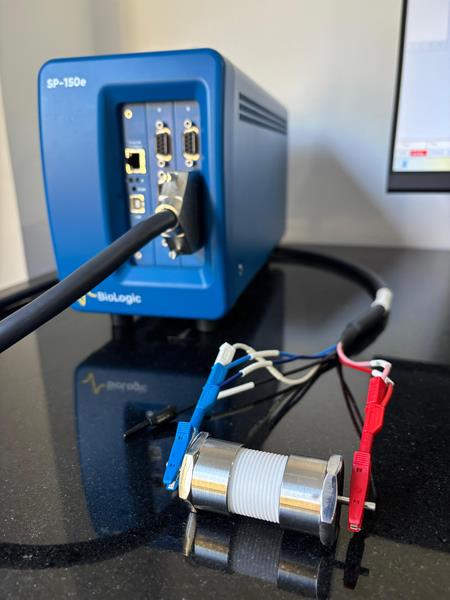
New Flexible Supercapacitor To Power Wearables, Evs, Cut Dependence On Imported Batteries
The research supported by the Indian Institute of Science (IISc) Bangalore and funded by the Anusandhan National Research Foundation (ANRF), could help India reduce dependence on imported batteries while boosting clean energy and storage technologies under the vision of Atmanirbhar Bharat, said the researchers.
Going beyond lab-scale material development, the team built a working prototype of the flexible supercapacitor, demonstrating its practical viability.
While the immediate applications include health-monitoring devices, IoT gadgets, and robotics, the innovation also holds potential for electric vehicles, the team said, in the paper published in the peer-reviewed scientific journal RSC Advances.
Flexible supercapacitors like these could improve regenerative braking systems, provide quick acceleration boosts, and extend battery lifespans.
"The device combines flexibility, high energy storage, and durability, which are critical for future portable and wearable technologies. The study is the first to compare tungsten, vanadium, and cobalt doping in molybdenum diselenide for energy storage. Among them, cobalt proved most effective,” said Dr. Vijeth H, Assistant Professor, Department of Physics, Nagaland University.
“The research strengthens India's path toward sustainable and self-reliant energy solutions,” Vijeth added.
The device, created at the Advanced Materials for Device Applications (AMDA) Research Laboratory in Lumami campus of the University, uses cobalt-doped molybdenum diselenide, a cutting-edge two-dimensional (2D) material.
It delivers an impressive energy density of 34.54 W h kg−1 and remains stable over 10,000 charge-discharge cycles, while also retaining performance even after repeated bending and twisting.
With the rapid growth of wearables, electric mobility, and renewable energy, reliable and efficient storage devices are in high demand. By combining flexibility, durability, and high energy density, the research has taken a significant step forward.
“The next steps involve optimising the electrode–electrolyte interface, improving safety with solid-state gel electrolytes, and scaling up the process to pilot-level production. Industry collaborations are also being explored to bring the technology closer to commercialisation,” said Pewe-u Marhu, Research Scholar, Department of Physics, Nagaland University.

Legal Disclaimer:
MENAFN provides the
information “as is” without warranty of any kind. We do not accept
any responsibility or liability for the accuracy, content, images,
videos, licenses, completeness, legality, or reliability of the information
contained in this article. If you have any complaints or copyright
issues related to this article, kindly contact the provider above.


















Comments
No comment